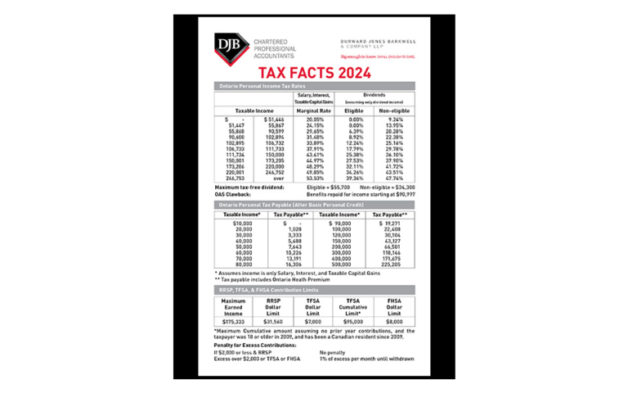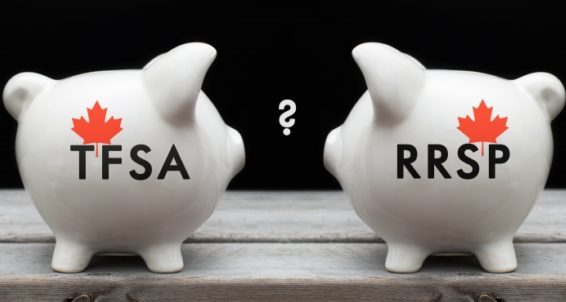On March 26, 2024, the Minister of Finance Peter Bethlenfalvy released the 2024 Budget: Building a Better Ontario. The budget focuses on limited tax relief due to the current budget deficit, municipal vacant homes tax, and extended relief for gas and fuel taxes.
Business tax measures:
The corporate tax rates remain unchanged at:
- Small business tax rate: 12.2%
- General corporate tax rate: 26.5%
- Manufacturing and processing tax rate: 25.0
Modifications to the (OCASE) Tax Credit:
The Ontario Computer Animation and Special Effects (OCASE tax credit), which applies to eligible labour expenditures related to computer animation and special effects activities, has been modified:
- Qualifying corporations must now have a minimum eligible labor expenditure of $25,000 for each production claimed within a specific time limit.
- This change eliminates the need for film or television productions to be certified for other tax credits to qualify for OCASE.
- Effective for eligible productions where computer animation and special effects work begins on or after March 26, 2024.
Individual tax measures:
New provincial policy framework to assist housing affordability
In 2017, Ontario’s Fair Housing Plan was implemented empowering Toronto and other interested municipalities with an option to introduce a tax on vacant homes. Currently, Toronto, Ottawa, and Hamilton have the authority to impose such tax. To help address housing affordability issues in the province, the Ontario Budget 2024 proposes to extend authority to all municipalities to impose a tax on vacant homes. Municipalities will be supported through a new, forthcoming provincial policy framework that will set out best practices for implementing the tax, including encouraging a higher tax rate for vacant homes owned by foreigners. There is no date set for implementing this new policy framework.
Other tax measures:
Updates to senior citizen annual income payments
The Ontario Guaranteed Annual Income System (GAINS) provides monthly, non-taxable payments to qualifying low-income seniors. Starting July 2024, Ontario Budget 2024 proposes to increase the maximum monthly benefit from $83 to $87 for eligible single seniors and from $168 to $174 for couples. Additionally, going forward, the benefit will be indexed for inflation annually.
To expand the number of eligible recipients, the annual private income eligibility threshold is proposed to be increased from $1,992 to $4,176 for single seniors and from $3,984 to $8,352 for couples.
Ontario extends gasoline and fuel tax cuts
On July 1, 2022, the gasoline and fuel tax rates were cut by 5.7 and 5.3 cents per litre, respectively, reducing both rates to 9 cents per litre. Ontario Budget 2024 proposes to extend these rate cuts until Dec. 31, 2024.
Changes to alcohol taxation
The government plans to scrap the basic tax for Ontario wine and wine coolers in on-site winery retail stores starting April 1, 2024. A review of taxes and fees on other alcoholic beverages will also be conducted with the aim to boost competitiveness for Ontario producers and consumers.
Enhancements to the non-resident speculation tax
Ontario implemented a non‐resident speculation tax (NRST) in October 2022 on residential property purchased by a foreign entity. The government is aiming to strengthen the NRST with amendments to support compliance and improve fairness. In addition, Ontario is taking steps to increase information sharing between provincial, federal, and municipal governments to better understand vacancy and foreign‐purchasing patterns.










